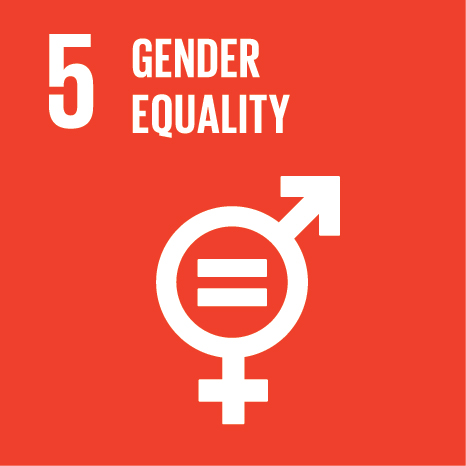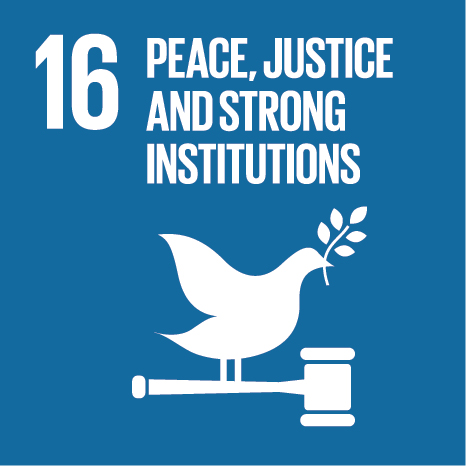Ciência_Iscte
Publications
Publication Detailed Description
Christophe-Augustin Lamare-Picquot and the fate of his collection: networks, commercial transactions and museums
Book Title
Acquiring cultures: histories of world art on Western markets
Year (definitive publication)
2018
Language
English
Country
United States of America
More Information
Web of Science®
This publication is not indexed in Web of Science®
Scopus
This publication is not indexed in Scopus
Google Scholar
This publication is not indexed in Overton
Abstract
Between 1831 and 1833 the pharmacist and well-to-do traveller Christophe-Augustin Lamare-Picquot (1785-1873) made several attempts to donate his collection of natural history specimens and objects, mostly Indian antiquities and some artifacts from South Africa, Madagascar and the Pacific area, to the French government. Although French scholars in their reports to the main scientific societies praised the collection and urged the government to accept the donation, the natural history collection was acquired by the King of Prussia for the Berlin museum and the ethnographic collection was sold in 1841 to King Ludwig I of Bavaria.
This presentation deals with three aspects: First, the political circumstances of the objects purchased. Based at the Mauritius Island, Lamare-Picquot travelled to India three times for hunting and assembling collections. During his second travel in 1825 to the Bay of Bengal, he took advantage of the first Anglo-Burmese war and of the looting of temples by the British army to buy Burmese antiquities, namely Buddhist statues, at a bargain price. Lamare-Picquot’s motives in acquiring these objects were diverse. He sought scientific and social recognition for his collecting practices, the opening of a market for non-European objects and the creation of an ethnographic museum. The second part of the presentation explores the heated scholarly debates between 1831 and 1833 on Lamare-Picquot’s collection. These debates were focused on the status of the objects – whether these were antiquities and/or ethnographic material - and therefore what was the most appropriate setting for the collection: the Louvre Museum, the department of geography at the Bibliothèque nationale, or the creation of an Asian Museum. While the French government delayed its decision regarding the collection, Lamare-Picquot attempted in 1832 to sell it to Prussia, as a means of provoking competition between the two governments and increasing the market value of the objects. The last part of the presentation examines the network of scholars and diplomats involved in the process of evaluating and acquiring the objects and the museological implications of the dispersion and sale of this collection.
Acknowledgements
--
Keywords
Fields of Science and Technology Classification
- Anthropology - Social Sciences
Funding Records
| Funding Reference | Funding Entity |
|---|---|
| UID/ANT/04038/2013 | Fundação para a Ciência e a Tecnologia |
Related Projects
This publication is an output of the following project(s):
Contributions to the Sustainable Development Goals of the United Nations
With the objective to increase the research activity directed towards the achievement of the United Nations 2030 Sustainable Development Goals, the possibility of associating scientific publications with the Sustainable Development Goals is now available in Ciência_Iscte. These are the Sustainable Development Goals identified by the author(s) for this publication. For more detailed information on the Sustainable Development Goals, click here.

 Português
Português




